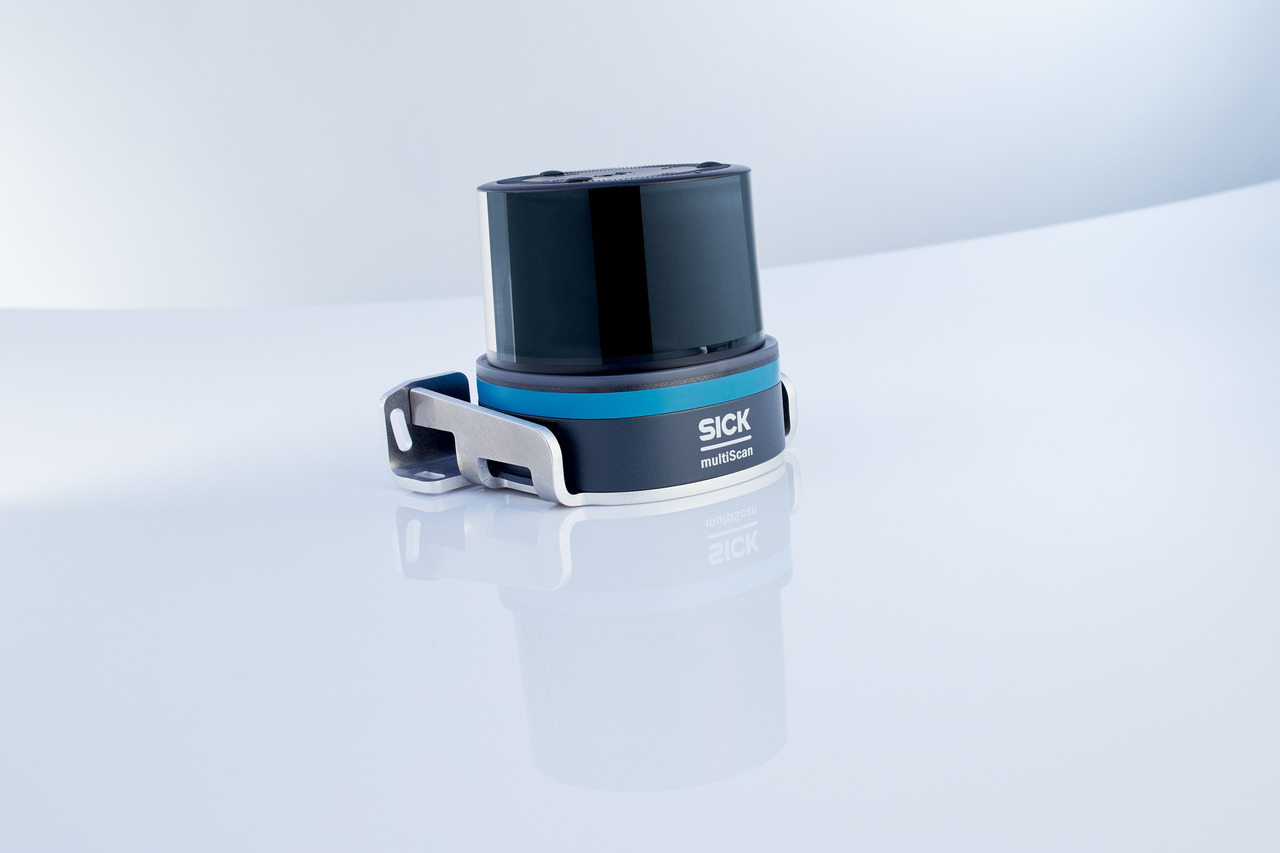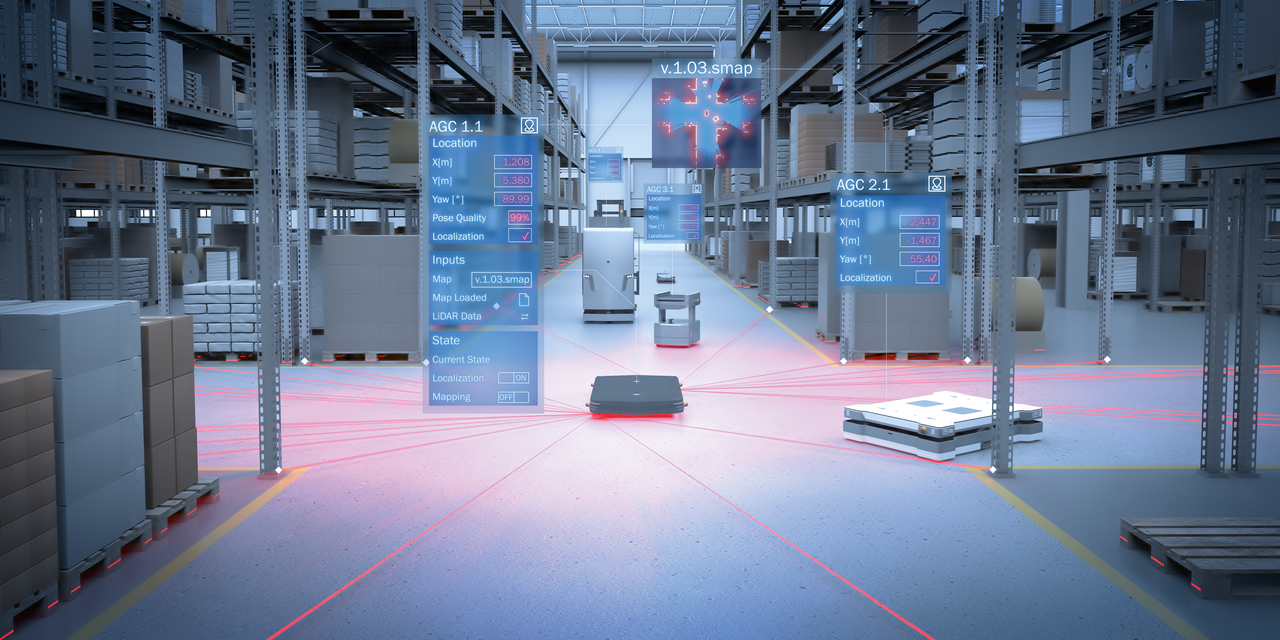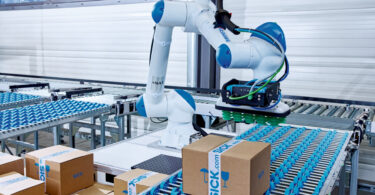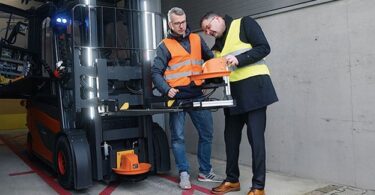AMRs and AGVs – what are the differences and what should you use?
![]()
Guest Post from Vecna Robotics
Automation has become a cornerstone of modern material handling facilities, revolutionizing the way work is done and boosting efficiency at every step of goods transport. In this landscape, two key players have emerged: Automated Guided Vehicles (AGVs) and Autonomous Mobile Robots (AMRs). While both AGVs and AMRs share the common goal of moving pallets, they differ significantly in terms of design, application, and most importantly: in outcome. When it comes to AMRs vs. AGVs, the distinctions between these two automation technologies might seem minor. However, they ultimately lead to vastly different respective benefits and use cases.
AGVs: Repeatable, Predictable Movement
First introduced in 1953, Automated Guided Vehicles (AGVs) have been a staple in warehouses and manufacturing facilities for decades. These are vehicles designed to navigate predefined paths or tracks, often marked by magnetic tapes or wires embedded in the floor. AGVs are known for their consistency in movement, which makes them suitable for tasks that require repetitive actions in highly controlled environments.
AGVs are inherently predictable. This can be valuable in settings where safety is paramount and workflows never change, such as in automotive assembly lines or hazardous material handling. However, today many facilities face unpredictable demand spikes, supply chain instability, SKU proliferation, and many other external factors that on their own or when combined necessitate a more adaptable automation solution.
AMRs: Flexibility and Adaptability
While AGVs are designed for highly controlled environments, Autonomous Mobile Robots (AMRs) are designed to account for and respond to the things you can’t always control.
AMRs are designed with a higher degree of autonomy and flexibility, and unlike AGVs, do not rely on fixed paths or infrastructure for navigation. Instead, they make use of advanced technologies such as LiDAR (Light Detection and Ranging) sensors, onboard computing software, and mapping algorithms to navigate with true autonomy in dynamic environments.
AMRs are characterized by their human-like capacity to interact with their surroundings. Equipped with sensors, AMRs detect obstacles and employ decision making capabilities to choose the most efficient alternate route, allowing them to navigate safely in crowded spaces. AMR’s ability to solve for roadblocks mean they require little to no worker intervention, whereas AGVs need assistance when pallets, other vehicles, or even debris are detected in their path – often interrupting other workflows and causing delays.
The key strength of AMRs lies in their flexibility. These robots can adjust their paths and routes based on real-time data, making them highly versatile in environments where layouts change frequently. This adaptability is needed in many industries, from e-commerce warehouses with ever-changing inventory configurations to healthcare facilities where AMRs must transport medication and supplies.

AGVs vs. AMRs: Comparing Use Cases
When it comes to use cases, AGVs and AMRs each excel in different scenarios. AGVs are useful in environments where precision and predictability are necessary. For instance, in industries where safety regulations are strict, AGVs can transport unstable or heavy materials along predefined paths without deviating from their course. This makes them appropriate for applications like assembly line manufacturing, where consistency in movement is key.
AMRs, on the other hand, are ideal for settings that demand adaptability and flexibility. Their ability to navigate without fixed infrastructure makes them well-suited for warehouses or manufacturing plants with changing layouts or dynamic inventory. In e-commerce, where product assortments vary widely and workflows evolve frequently, AMRs can efficiently carry out case-picking workflows, and transport goods to packing stations.

Automatic vs. Autonomous
In the realm of automation, both AGVs and AMRs play pivotal roles, catering to different operational needs and challenges. AGVs are a more traditional form of warehouse automation and are best suited to carry out tasks that will never be altered, and do not interact with other workflows.
AMRs are a newer generation of this technology. They bring adaptability and autonomy to the table, thriving in environments where flexibility and interaction with dynamic surroundings are key.
The choice between AGVs and AMRs ultimately depends on the specific requirements of an industry or facility. While AGVs might be the preferred choice in some manufacturing contexts, AMRs are better suited for environments that face changing demands and frequent interaction with other vehicles. As automated material handling equipment continues to advance, these vehicles are able to reshape industries, driving efficiency, and enabling businesses to meet the demands of a rapidly changing world.
Learn more about autonomous pallet-moving technology at vecnarobotics.com, and about the safety technology that accompanies it on www.sick.com. Or contact a SICK representative today!






